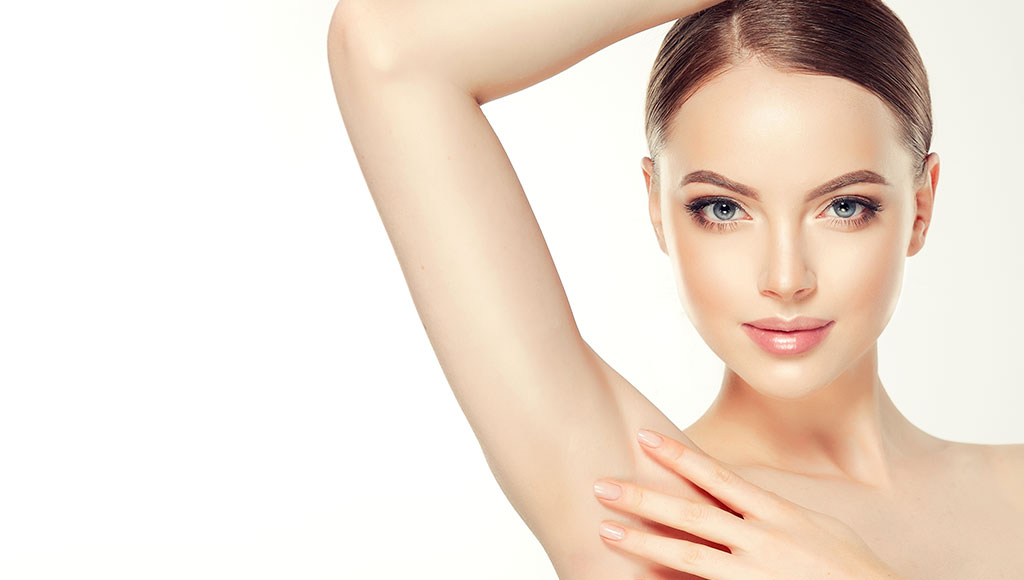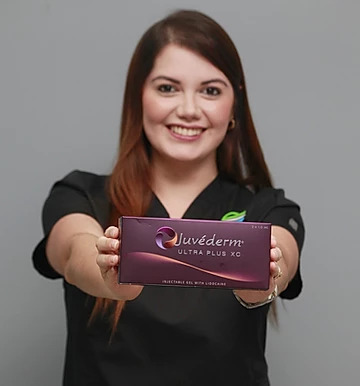WHAT IS THE FILLER YOU NEED?
A practical guide into the World of Fillers
[divider line_type=”Small Line” line_alignment=”default” line_thickness=”2″ divider_color=”extra-color-3″ animate=”yes” custom_height=”50″ custom_line_width=”300″]Plastic surgery is trending, we see it every day being done on celebrities but there are a lot doubts and misinformation and that is why we have created this space for all the questions you might have about procedures and treatments that are trending in the beauty industry. For all the women who prefer non-surgical options, Fillers are a great alternative.
FILLERS, what are they? Facial fillers are products such as collagen, hyaluronic acid and calcium hydroxyl apatite that rejuvenate facial skin by reducing or eliminating wrinkles, raising scar depressions, enhancing lips and replacing soft-tissue volume loss through facial injections.
Over two million people received botulinum toxin or filler injections in 2017, according to the American Society for Aesthetic Plastic Surgery. The popularity of temporary HA fillers, specifically, has soared 85 percent since 2012.
Not all fillers
are created equal
[divider line_type=”Small Line” line_alignment=”default” line_thickness=”2″ divider_color=”extra-color-3″ animate=”yes” custom_height=”50″ custom_line_width=”300″]While the majority of Fillers are made of HA, a safe sugar found naturally in the human body, a few are made from other materials.
Radiesse contains the mineral calcium hydroxyapatite (the stuff of teeth and bones, it’s visible in X-rays and CT scans). Sculptra uses poly-L-lactic acid (PLLA), a biodegradable man-made polymer, the same component in absorbable stitches. Bellafill suspends polymethylmethacrylate (PMMA), or nonbiodegradable acrylic beads, in cow-derived collagen, and “is essentially permanent,” says New York City plastic surgeon Paul Lorenc. (Technically, it’s FDA-approved to be safe and effective for up to five years.)
There’s another type of fillers, bio stimulatory fillers: They give an immediate, short-term plumping due to the simple fact that liquid is being injected into the face, but their primary purpose is to spark the growth of your own collagen for longer-lasting fullness and lift.
Despite their chemical similarities, the HA group is actually a very diverse group. These 14 gels vary in density, viscosity, elasticity, lift-ability and longevity, traits that shape their personalities and determine their role among fillers. Robust, buoyant fillers like Restylane Lyft and Juvéderm Voluma can help sculpt and define a jawline, or restore volume and projection to the cheeks while hiking the lower face; whereas light, slippery, malleable HAs, like Juvéderm Volbella and Belotero Balance, are a better fit for, say, the barcode-like lines striating the delicate upper lip.
Depending on how a formula’s molecules are strung together, some HAs will break down faster or swell up more than others. Doctors take all of this into consideration when selecting the right product for you and your features.
Lip filler doesn't have
to look like...well, lip filler.
[divider line_type=”Small Line” line_alignment=”default” line_thickness=”2″ divider_color=”extra-color-3″ animate=”yes” custom_height=”50″ custom_line_width=”300″]Despite all the images you see on Instagram, lip augmentations can, in fact, look super natural and undetectable. While everyone agrees that only HA should be used in the lips because it integrates well without causing issues, the exact type depends on your individual needs and desires. Around age 30, everyone’s lips start to slowly deflate and lose their shape, but this can look different on everyone.
If you are looking for more of a general poutiness and lip-gloss effect, the injection technique and HA placement are as crucial as the type of gel a doctor selects.
Fillers can do more than enhance lips and downplay wrinkles.
They can elevate sunken scars; reinflate hands; brighten cavernous under-eyes; and sharpen jawlines that have gone soft. For the transparent under-eye area, injecting a fine layer of a more fluid HA — one that doesn’t swell or cast a bluish glow (something known as the Tyndall effect) — “can lift the skin up and away from underlying vessels, obscuring discoloration and hollows. For acne scars, there’s currently only one filler technically FDA-approved for the job: Bellafill. Because it’s acrylic based, it has more lifting power for correcting depressed scars. Yet, despite its heft and longevity, many dermatologists and plastic surgeons like to address divots with smooth, reversible HAs instead.
GALLERY
[divider line_type=”Small Line” line_alignment=”default” line_thickness=”2″ divider_color=”default” animate=”yes” custom_height=”100″][nectar_btn size=”large” button_style=”regular” button_color_2=”Extra-Color-2″ solid_text_color_override=”#000000″ icon_family=”none” url=”/gallery/” text=”EXPLORE” css_animation=”zoomIn”]Fillers are not for
absolutely everyone.
[divider line_type=”Small Line” line_alignment=”default” line_thickness=”2″ divider_color=”extra-color-3″ animate=”yes” custom_height=”50″ custom_line_width=”300″]Fillers are off the table for pregnant and breastfeeding moms, along with anyone fighting active infections, and folks who are allergic to filler constituents. If you’re considering facial fillers at OIam Med Spa we can provide you with an initial consultation to determine what filler would be best for you.


